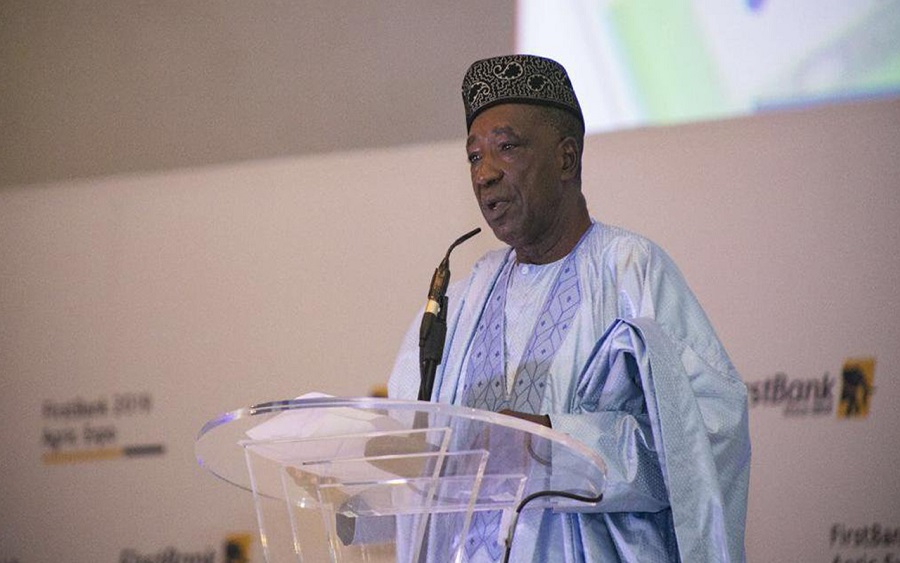In a bid to reduce gender inequality and bias in Agriculture, the Federal Government has launched a new policy, the National Gender Policy in Agriculture.
According to the Minister of Agriculture and Rural Development, Alhaji Sabo Nanono, the policy is aimed at drastically reducing the bias of women in the sector, address the unequal gender power relation as well as bridge the gender gap.
Nanono said that women were neither adequately valued nor reflected in the national accounting systems. He also said women were not given prime consideration in agricultural policy processes despite the important role they play in the sector.
However, this is all about to change as the minister assured that the government was going to reverse the unfair and unfortunate trend as the development of any country requires the participation of both men and women.
More details: The launching of the National Gender Policy in Agriculture is in line with the global 2030 Agenda for Sustainable Development adopted by World Leaders at the United Nations Summit in New York, in September 2015.
[READ MORE: Farmers to benefit from FG’s 50% discount charge on agriculture equipment purchase]
Nanono made known that the 2030 agenda entails the vital role agriculture plays in sustainable development and its importance in achieving the Sustainable Development Goals (SDGs) of eradicating poverty (SDG-1), ending hunger, achieving food security, improved nutrition and sustainable agriculture (SDG-2). It also involves ensuring healthy living and promoting well-being for people of all ages and enhancing the empowerment of women and girls (SDG-5), among others.
He said the document provides a policy direction that underscores the fact that accounting for the different roles of women and men in agriculture for development and gender equality in access to resources as well as equal opportunities in maximising means of livelihood, remain a necessary condition for progressively realising the SDGs.
What you should know: According to Nanono, women make up half the country’s population and in agriculture, oversee 70% of agricultural labour, 50% of animal husbandry related activities and 60% of food processing activities.
This alone shows the abilities women have in the sector and as such should be given equal opportunity to have access to available agricultural resources so as to maximise their agricultural production.
